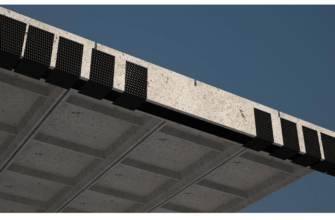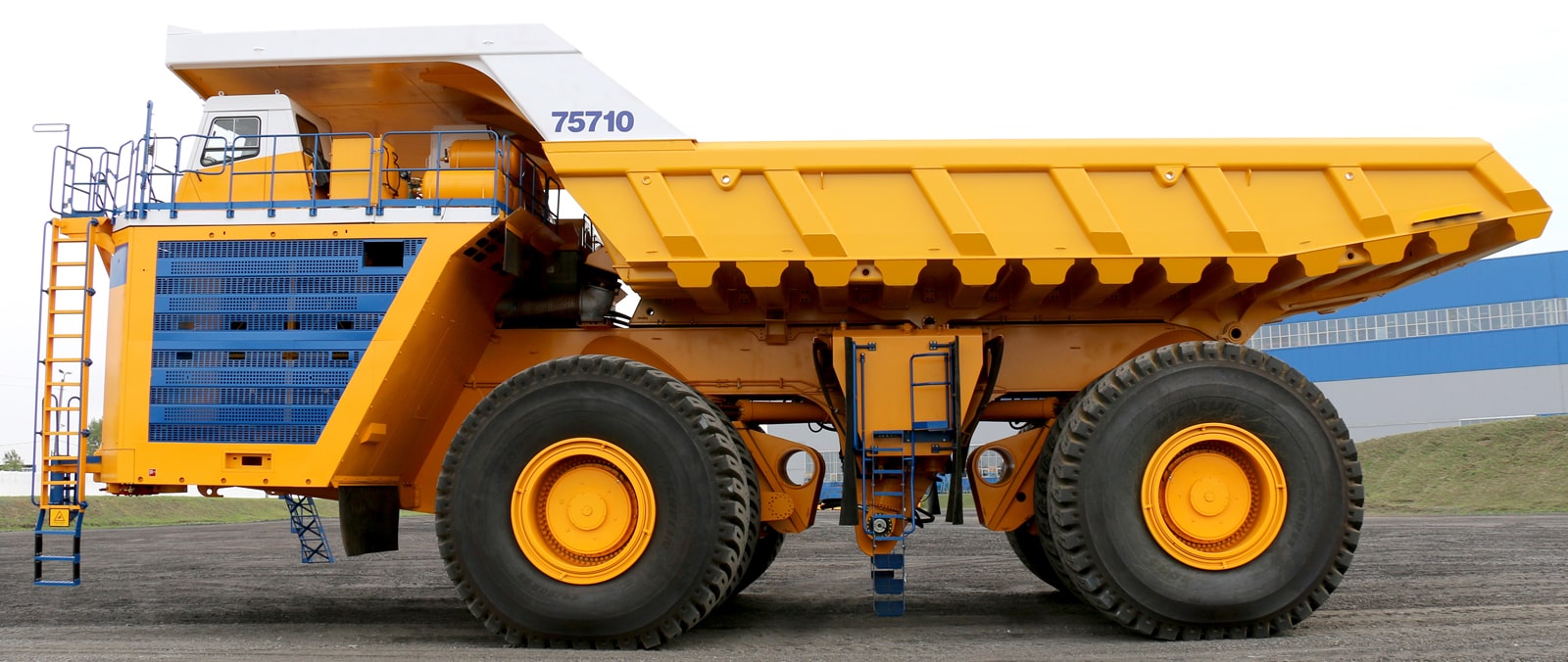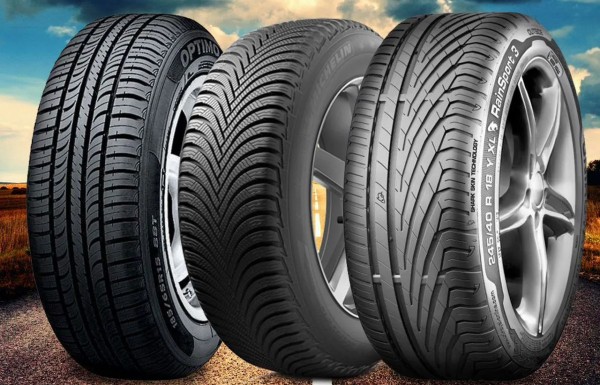Machining is the most common manufacturing process of machine parts, which consists in removing from the surface of the treated workpiece unnecessary metal layer using a special cutting tool when relative movement between tool and workpiece on machine tools.
The purpose of this process is to produce parts strictly predetermined shape and size necessary to meet the requirements of specifications for accuracy and surface quality, wherein a criterion for the effectiveness and performance of technological operations cost.
Metal, eliminates from the surface of the workpiece, It called chips — a by-product, metal waste processing, which can then go to the recycling. All kinds of metals and methods for treatment by cutting, which are based on the principle of cutting allowance and making this allowance in chips, They may be combined under the general name — metal cutting. Consequently, presence of chips during the manufacture of parts or surfaces is a feature of this process.
for example, separation of metal on a guillotine shears, gas-plasma cutting, surface treatment laser beam, mechanical brushes, spark erosion, is formed when the chips, do not relate to cutting, whereas separation profiled rolling hacksaw or mechanical cutting disc cutter bar is carried out by cutting.
Groups of technological processes at the production machines
In the manufacture of machines can be divided into four groups of processes:
1) the formation of surfaces and parts manufacturing all methods of cutting;
2) formation of surfaces and workpieces and parts manufacturing methods of shaping without cutting. These methods include all known types and methods of casting, plastic deformation, electrical and electromechanical fabrication techniques surfaces;
3) assembly machines and their components;
4) other processes, in particular protective coating, heat treatment (including thermochemical), surface tense, test, packaging and so on and so forth.
Today the share of machining to manufacture the vast majority of machines is a major. On machining in various engineering industries currently account for between 30-35% to 70-80% the overall complexity of the products of these industries. If we compare with previous years, the, generally, to 1991 year average distribution of the complexity of machinery by groups of processes looked:
— billet production — 20-25%;
— machining — 40-50%;
— making 25-30%.
According to experts, with an annual total weight of more blanks 20 million. tons chips translated 8 million. tonnes, or more 30%. These figures clearly show the role and importance of cutting processes, but also show unsustainable patterns of these processes, when the main burden falls on the "rough" surface preparation methods, rather than finishing operations. It is also the sign of a large energy-consuming processes and cutting energy consumption of domestic engineering products, showing one of the ways to improve cutting processes. It is possible to realize the expansion of the range of sizes and types of long products, which supplies iron and steel industry, approximation of shapes and sizes of workpieces, produced by molding and pressure-treated, to form finished parts. This will reduce the share of the cutting process in the production of engineering products and to achieve significant savings in material, labor and energy resources.
If you are interested in laser cutting of metal, as well as the industrial engraving of metal products, and not only, the more detailed information, see here.






